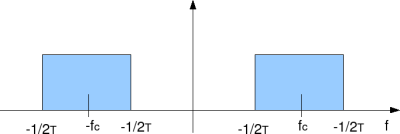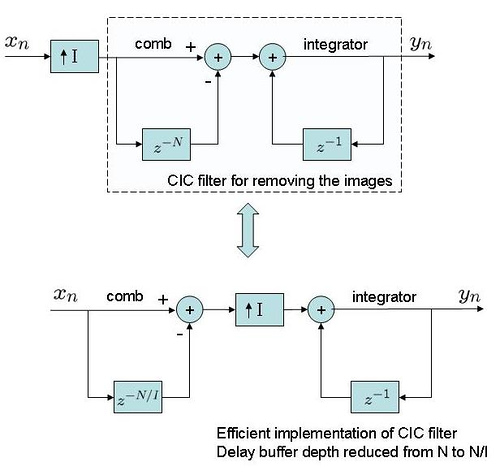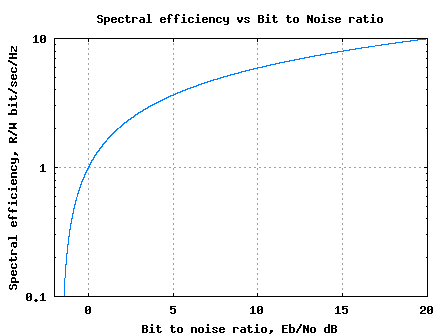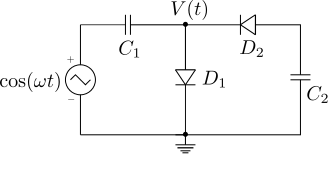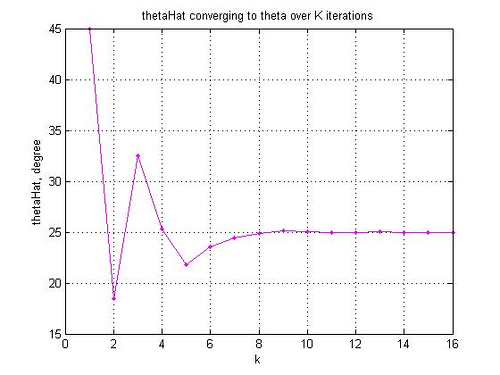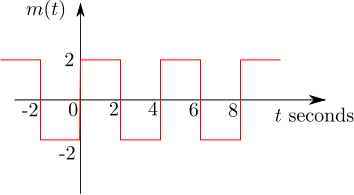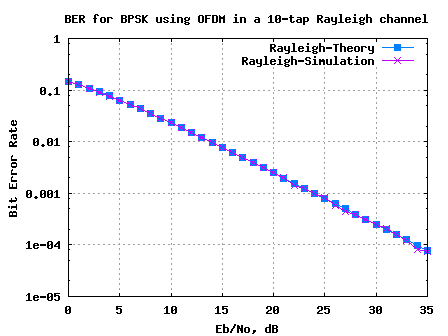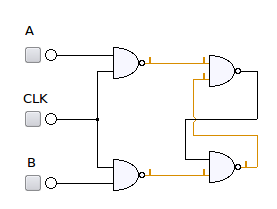2nd order sigma delta modulator
In a previous post, the variance of the in-band quantization noise for a first order sigma delta modulator was derived. Taking it one step furhter, let us find the variance of the quantization noise filtered by a second order filter. With a first order filter, the quantization noise passes through a system with transfer function…
